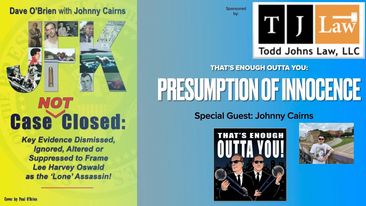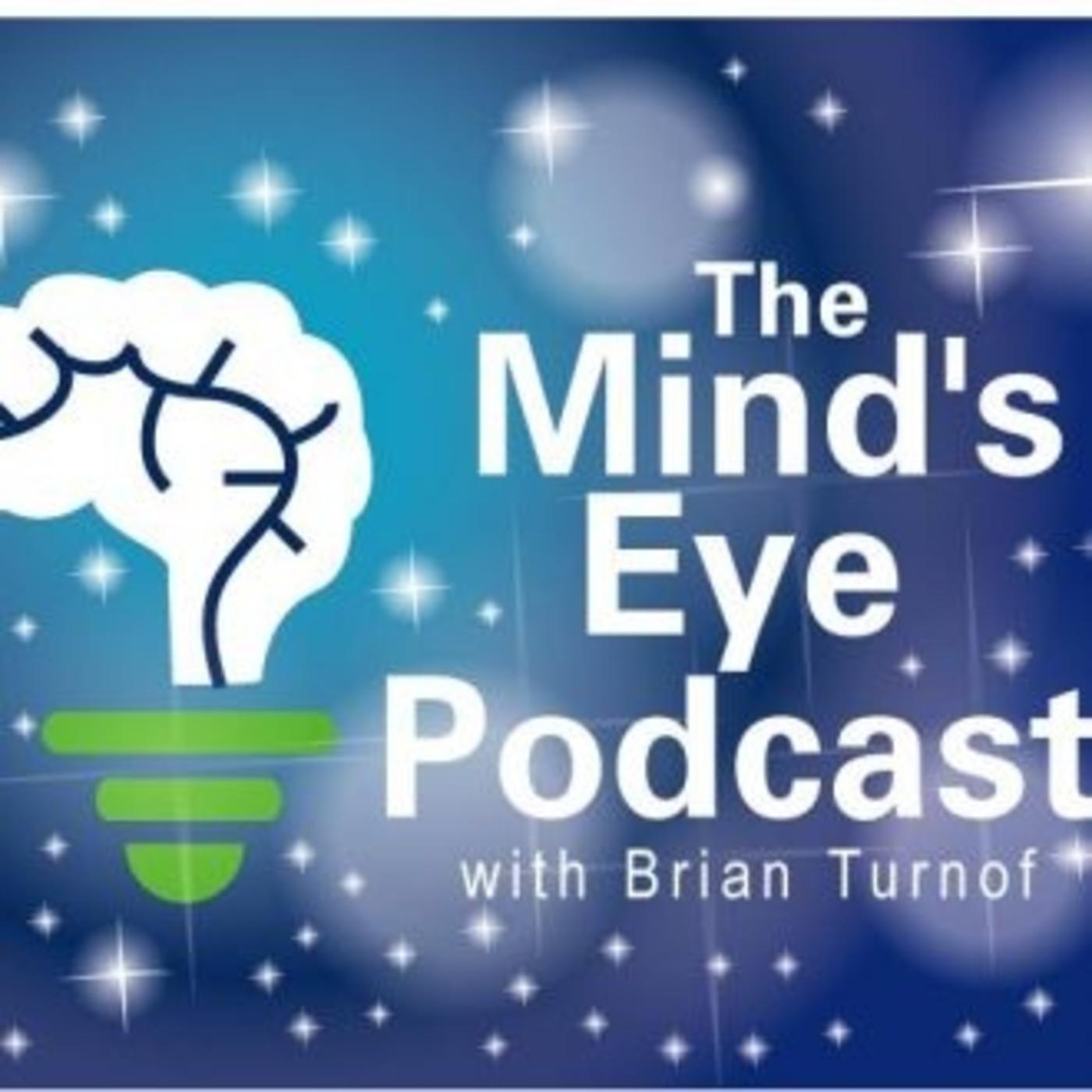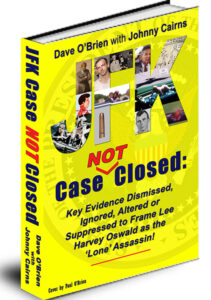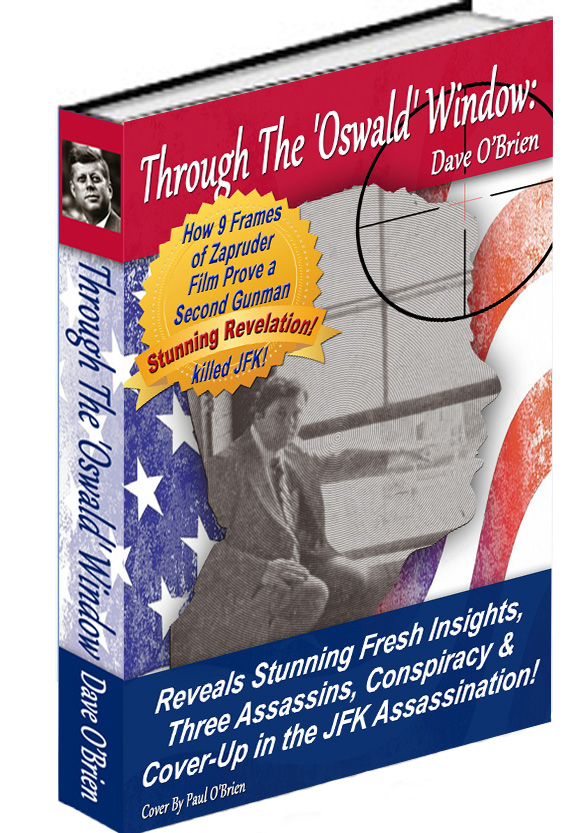The so-called ‘Oswald’ Window is Sealed from the Public, but Why Can’t We Access the Smarter Sniper’s Window?
by Dave O’Brien
As one of the few researchers ever granted access to the so-called ‘Oswald’ window after the infamous sniper’s nest became shuttered from the public forever, I understand peoples’ disappointment at not being able to view the JFK assassination through the eyes of the actual assassin.
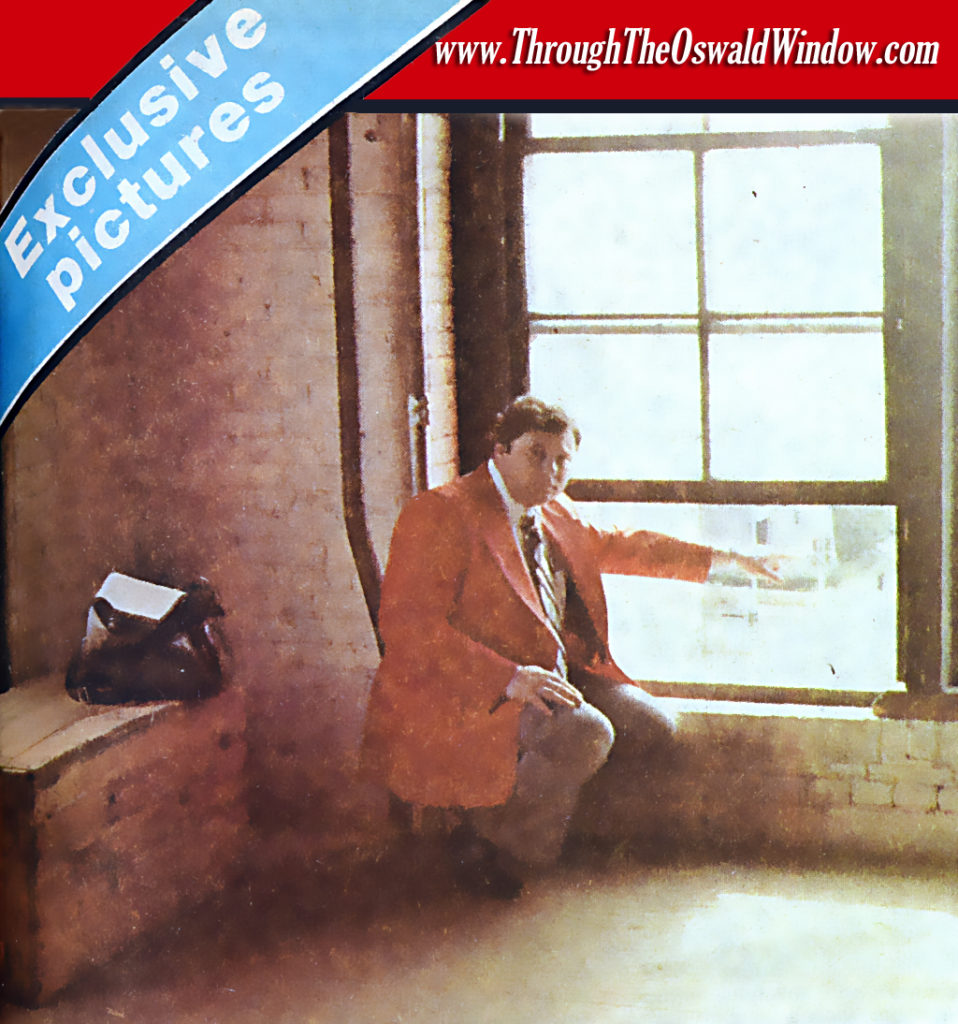
On the day of the assassination, the sixth floor of the building where accused assassin Lee Harvey Oswald worked was locked down, the interior never to be seen by the public until it became a museum in 1989.
Since the 6th and 7th floors of the Texas School Book Depository Building became the Sixth Floor Museum at Dealey Plaza, tourists can see the alleged Oswald sniper’s nest from approximately 25-feet away behind a glass barricade.
Visitors and researchers can see the re-staged assassin’s lair but cannot look out the window as the sniper did when he shot at President John F. Kennedy.
The window restriction could be explained away as a tasteful attempt to respect the memory of a slain President, but that endeavor has long been disregarded by Dallas County officials who painted a white ‘X’ on the very spot on Elm Street where the lethal head shot ended the President’s life.
Granted, allowing public access to the assassin’s window would create logistical problems. The lineup of anxious patrons would be endless, creating lengthy wait times.
And then there are the fanatical types who would want to bring their own rifle for that ‘iconic’ photo of them playing the role of assassin as they take aim out the window, not to mention the disrespectful tourists who would ignore the 30-second allotted time at the window per ticket holder.
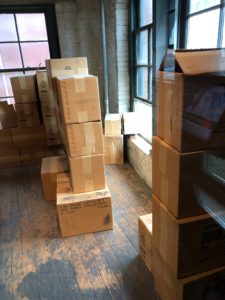
ULTERIOR MOTIVE AT PLAY?
When I kneeled and looked down into the kill site in Dealey Plaza just as the assassin would have done at 12:30 p.m. CST on November 22, 1963, I was shocked at what I saw.
This rare and surreal experience is detailed in this author’s book Through The ‘Oswald’ Window: Reveals Stunning Fresh Insights, Three Assassins, Conspiracy & Cover-Up in the JFK Assassination! This revised edition, released in late 2019, includes how nine frames of the Zapruder film show why the fatal head shot could NOT have come from above and behind at the ‘Oswald’ window.
The view through the ‘Oswald’ window, so named because Oswald is still officially regarded as the ‘lone’ assassin of President Kennedy from that 6th floor southeast corner window, gave me a much different perspective of what happened in those six seconds that changed history forever, such as:
1. Passed on Easiest Shot – For some reason, the sniper at that window decided not to take the easiest shot available to him, which was as the limousine slowly approached him on Houston Street.
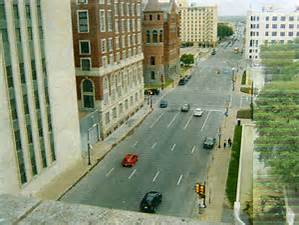
If the assassin at that window was truly a ‘lone’ wolf, he passed on the easiest shot available to him by allowing the limousine to make a sharp left-hand turn onto Elm Street directly beneath him and begin to move away from him.
2. Obstacles Appear – By allowing the Presidential limousine to make the turn onto Elm Street and begin to move away from the sniper’s window at 11 mph, a large oak tree comes into view, thereby delaying the assassin’s ability to fire the first shot until his target cleared the foliage of the tree.
This visual blockage also restricts the shooting time of a ‘lone’ assassin to the moment Kennedy emerges from behind the tree to reaching a bridge underpass merely yards away.
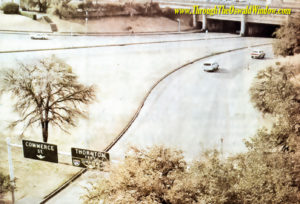
3. First Shot from Elsewhere – Given the known location of the President’s car on Elm Street at the time of the first shot, as well as the visual restriction caused by the oak tree, the first shot had to have come from another location to the rear of the limousine, identified by the author as the Dal-Tex Records Building at the intersection of Houston and Elm Streets.
4. Oswald Not the Assassin – Based on a test I conducted inside the Texas School Book Depository Building, I was able to ascertain that Oswald could NOT have been the assassin at the window named after him! Just as he claimed, Oswald was in the second-floor lunchroom as the shots rang out.
However, Through The ‘Oswald’ Window makes the case for Oswald being involved in the assassination but not as one of the three shooters.
Does the threat of such history-challenging observations coming to light explain why other visitors, reporters and researchers are not allowed access to the ‘Oswald’ window to this day?
Fellow researcher Johnny Cairns seems to think so.
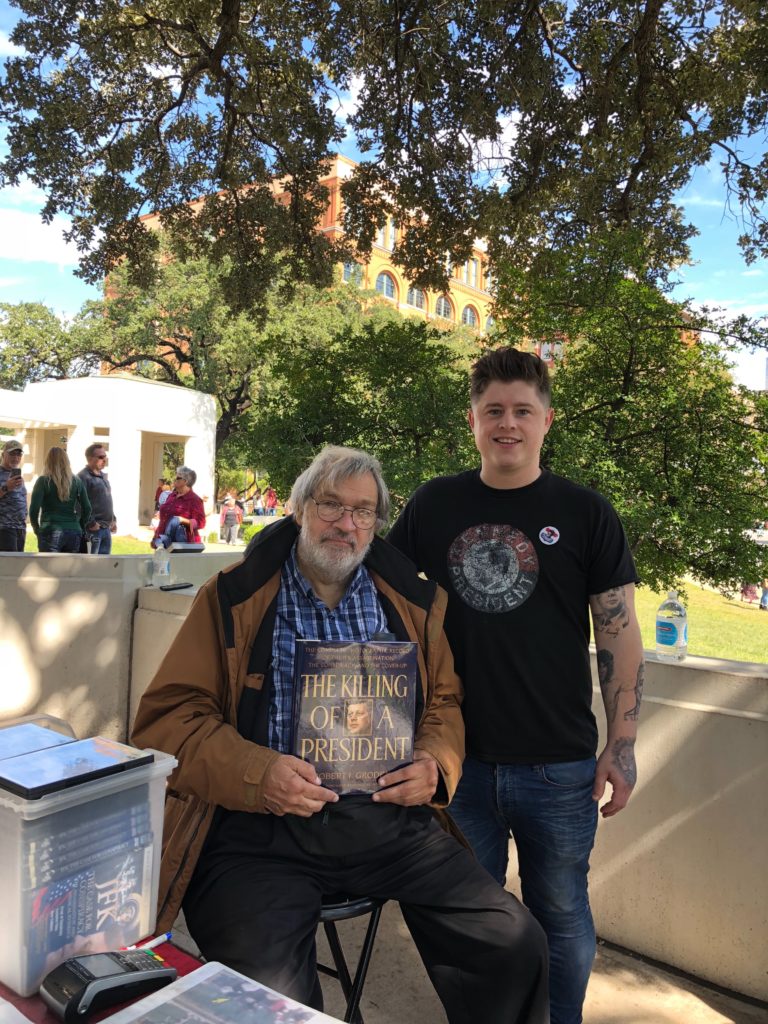
Cairns, a new-age JFK assassination researcher, journeyed all the way from Scotland to Dealey Plaza in Dallas just before the 55th anniversary in 2018.
As a serious researcher of the tragic event, Cairns could not get close to the window, but his first reaction was how small the sniper’s perch was even for a lone gunman.
“If someone was shooting from it, they would have been in such an uncomfortable position,” observes Cairns. “I think they don’t let the public near it for two reasons:
1. Conservation.
2. If you could look out that window, I think it would dawn on you just how improbable the shooting coming from the window would be.”
My time at the ‘Oswald’ window supports that claim from Cairns. From that view, it doesn’t take long to establish that the assassination of the American President did not take place as presented in the Warren Report.
While Cairns understands why the general public is not allowed to get near the controversial window, he argues that bona fide researchers should be able to arrange, perhaps after hours, supervised access to the sniper’s perch. He made such a request and was denied.
A MUCH SMARTER SNIPER’S NEST
Once it became apparent to me that the southeast corner window was an incredibly poor choice as an assassin’s lair for a ‘lone’ gunman, I was stunned to be able to find a much smarter sniper’s nest within seconds!
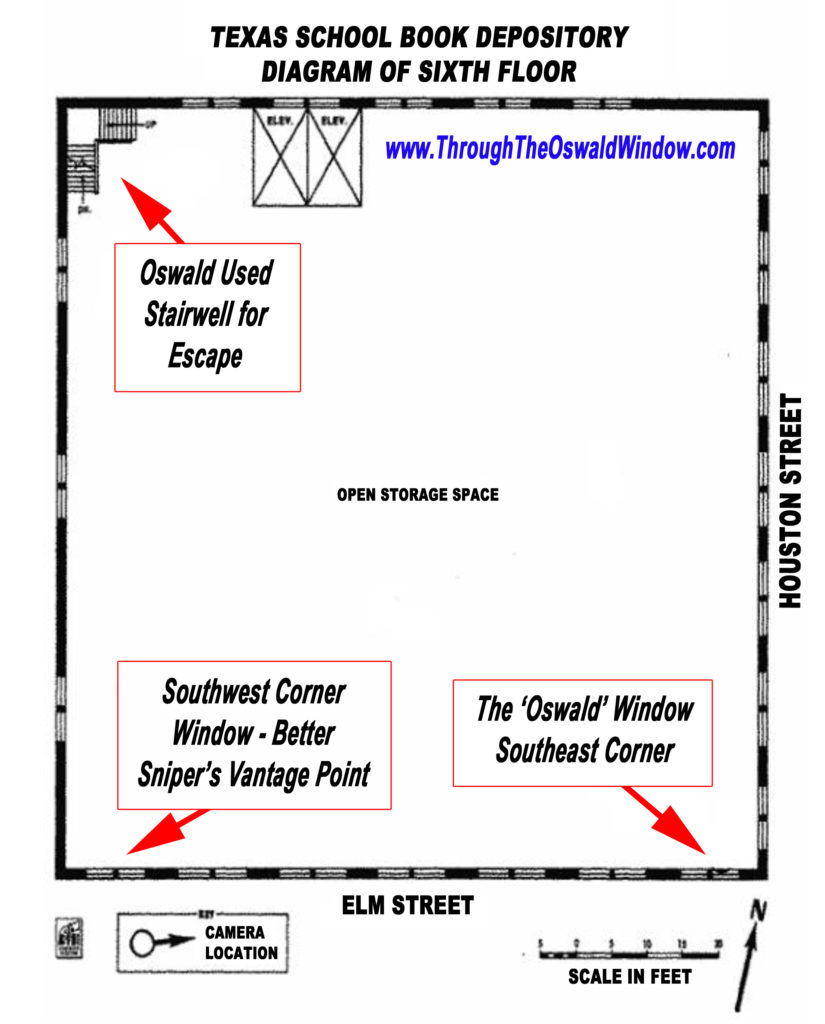
With the sixth floor completely vacated and cleared of any evidence that it once housed conveyor belts teaming with books, I was able to look around and noticed a similar window at the southwest corner on the same floor.
It took less than 15 seconds to walk from the southeast ‘Oswald’ window to the southwest corner window at the opposite end of the building.
I was able to open the window just like the southeast window and look down into the kill site. Again, I was stunned at what I was seeing, such as:
• Obstacle Gone – From this vantage point, I could see clearly down onto Elm Street to the westbound traffic below. Only this time, the passing vehicles had just cleared the oak tree.
If I was looking at the presidential motorcade, the President would be a clear target directly beneath me, having just emerged from the leaves and branches of the oak tree.
• Easy Shot – From the southeast ‘Oswald’ window, we know the assassin passed on his most easy shot while the limousine on Houston Street slowly approached the waiting sniper.
If there was an easy shot on Elm Street for a ‘single’ assassin, I was looking at it from the southwest corner window. At this position, JFK was a much closer target, a more direct target and an unobstructed target until the limousine reached the triple underpass bridge to the right.
EVIDENCE DESTROYED,
NOW HIDDEN FROM PUBLIC?
Tragically, the two photos I took from the southwest corner window were destroyed in a flood at the offices of my employer as a reporter – The Mississauga News. This occurred before the digital age or before they could be preserved on microfiche film.
I was hoping to replicate these images while attending the Citizens Against Political Assassinations conference in Dallas on the eve of the 55th anniversary of JFK’s death.
As I learned in 1983 on my second visit to Dealey Plaza, County officials noted that the oak tree was fully mature and grown even in 1963, with only mild loss of leaves due to the modest seasonal changes in Dallas. This means that the oak tree foliage I was viewing on subsequent trips was reasonably close to what an assassin would have experienced in 1963.
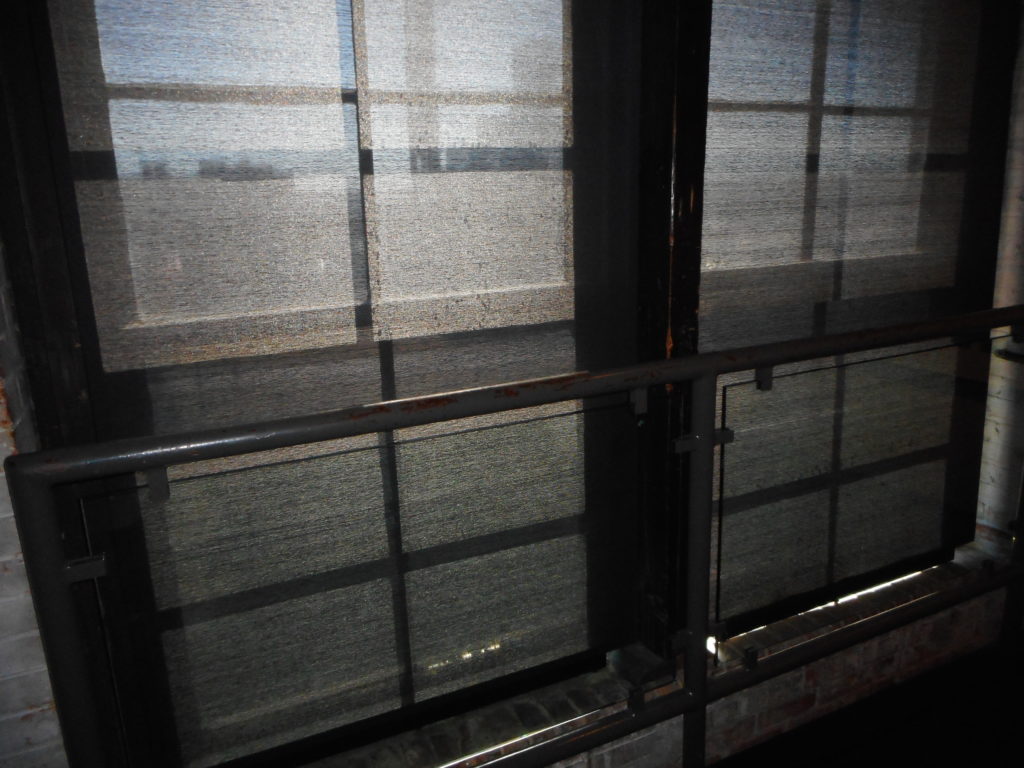
During my 2018 visit, I bought a ticket to tour the Sixth Floor Museum at Dealey Plaza. Realizing that I couldn’t once again get near the ‘Oswald’ window like my colleague Johnny Cairns, I focused my attention on the southwest corner window only to be sorely disappointed.
When I got to the southwest corner window, knowing that I would not be able to open it as before for security reasons, I was not pleased to discover that I could not even take a picture of the kill site through the glass of the closed window!
For some reason that nobody at the Museum could or would answer, the southwest corner window is not only fully covered by a black metallic curtain, the curtain is locked into place and is further secured by iron framing. The dark curtain cannot be moved even an inch or so to allow a peek out the window.
The big question becomes: Why?
As I walked around the entire perimeter of the 6th floor, only the ‘Oswald’ window and southwest corner window are restricted from public access.
Tourists can take pictures of the kill site from all other closed windows along Elm Street except for the two corner windows!
LEE’S LAPSE IN JUDGEMENT
My book argues that Oswald’s role in the assassination was to use his 6th floor access as a Texas School Book Depository employee to ready the sniper’s nest for the actual assassin.
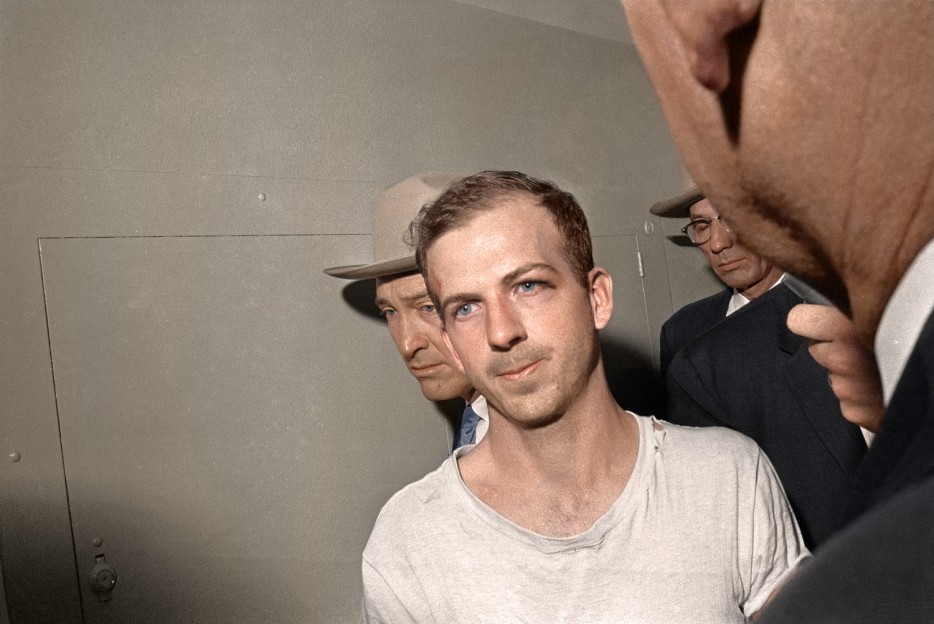
In carrying out his part, Oswald was not aware that his rifle would be planted at the crime scene window to incriminate him, as well as three previously fired shell casings that could be traced to his rifle.
And even if the Warren Commission’s finding that Oswald was the ‘lone’ assassin of JFK is correct, then he would have set up the sniper’s lair for himself.
Either way, we are at a loss to explain how Oswald, with weeks in advance to prepare and scout locations in the building for an assassin’s nest, could have possibly selected the southeast corner window instead of the more ideal southwest corner window.
If it took me a mere few minutes to grasp the benefits of the southwest corner window over the southeast corner window, why was this somehow lost on Oswald?
Or what if none of this mattered because the assassin at the 6th floor southeast corner window was NOT alone?
As I looked out the southeast corner window in 1979, it became apparent to me that the assassin couldn’t fire at JFK when he was an easy target on Houston Street because his target was not yet in position for the triangulation of crossfire that awaited him.
If the assassin at that window was acting alone, he clearly demonstrated his intention to escape, which he did almost immediately after the shots were fired.
But, as the above drawing of the 6th floor shows, the assassin firing from the southeast corner window would have had to zig and zag his way through a maze of boxes of books and conveyor belts to get to the stairwell at the northwest corner of the building.
A much easier and quicker escape awaits an assassin positioned at the southwest corner window. He would only need to run along the west wall to the stairs with little or no obstructions to hinder him.
So, we are at a loss to explain why the Sixth Floor Museum at Dealey Plaza makes an effort to keep the public away from both viable shooting options in the building.
The Museum acknowledges on one of its exhibits that conspiracy theories exist, but almost exclusively presents the Warren Report version of the events of that horrific day.
Conveniently, the ‘Oswald’ window remains sequestered from the curious public, as does the one other viable sniper’s nest just feet away in the same building.
